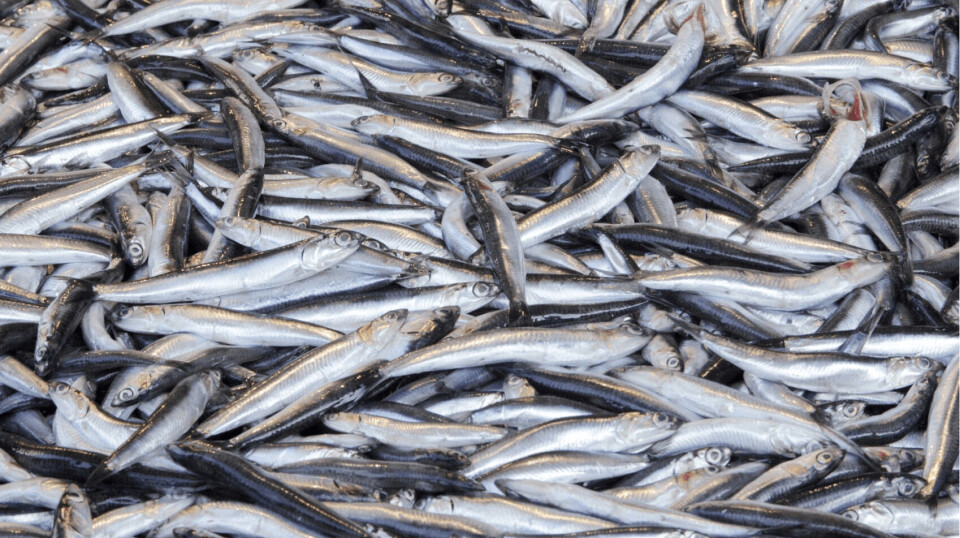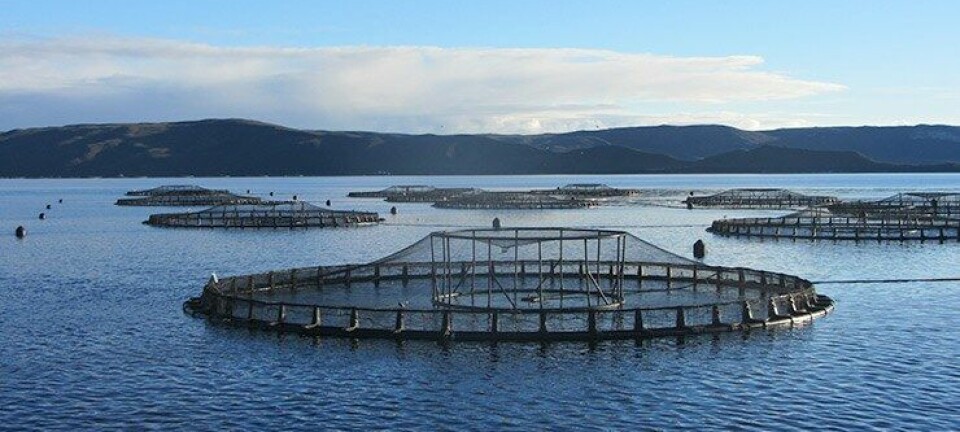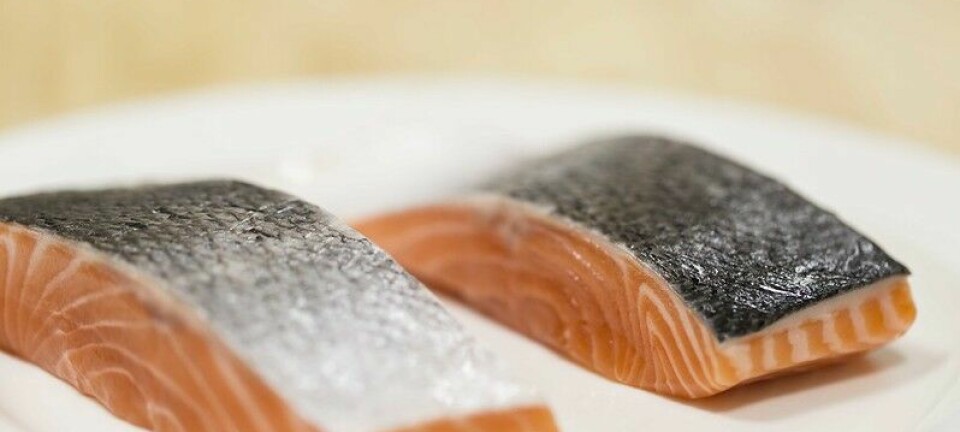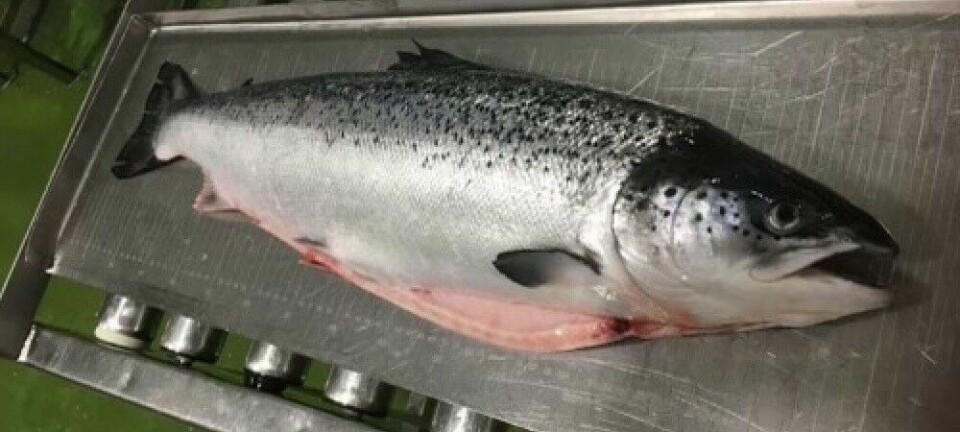
Climate change poses big threat to marine ingredients supply
Major fisheries face stock reductions of 30% upwards if increase in emissions isn’t halted, warns UN report
The volume of fish caught off the coast of Peru – a major supplier of marine ingredients for farmed salmon feed – could fall by more than a third by the end of the century if emissions continue to rise, a report for the United Nations Food and Agriculture Organisation (FAO) warns.
Peru is one of many countries and territories that will see a fall in catches due to the impact of climate change on the oceans, according to the report, which considered two different emissions scenarios.
The “low emissions” scenario predicts what will happen to fish stocks if net-zero emissions are achieved by 2050 and there is a less than 2°C global atmospheric warming by 2100.
In the “high emissions” scenario, emissions continue to grow then peak before the end of the century, leading to 3-4°C of global atmospheric warming by 2100.

Under the low-emissions scenario, researchers say changes in availability of aquatic foods will stabilise between no change and a decrease of 10% or less across 178 countries and territories by the end of the century.
37.3% drop for Peru
Under the high-emissions scenario, declines worsen to 30% or greater in 48 countries and territories. Notable declines include those for top fish producer nations, which worsen towards the end of the century under the high-emissions scenario, for example 37.3% for Peru’s and 30.9% for China’s Exclusive Economic Zones but stabilise under the low-emissions scenario.
The report, Climate change risks to marine ecosystems and fisheries, was produced by the Ecosystem Model Intercomparison Project (FishMIP), an international network of researchers working with FAO to understand the long-term impacts of climate change on marine ecosystems and fisheries through numerical models.
It comes on the heels of the latest edition of The State of World Fisheries and Aquaculture (SOFIA), which showed that world fisheries and aquaculture production hit a new high of 223.2 million tonnes in 2022.
Low emission benefits
“Understanding the potential impacts of climate change on marine ecosystems and their fisheries, and their associated uncertainties, is crucial to design adaptation programmes at appropriate scales,” said Manuel Barange, FAO assistant director-general and director of the Fisheries and Aquaculture Division.
“Lower emissions significantly reduce end-of-century biomass losses for nearly all countries and territories compared to the high-emissions scenario. This highlights the benefits of climate change mitigation measures for fisheries and aquatic foods.”
A comparison of the losses projected under both high- and low-emissions scenarios by the end of the century reveals that lowering emissions has marked benefits for nearly all countries and territories.
A holistic view
The report also pointed out that in order to assist countries in achieving FAO’s Blue Transformation vision of more resilient, equitable, and sustainable aquatic food systems, future FishMIP research will need to encompass other ocean and coastal uses in addition to fisheries.
This would obtain a more holistic view of managing marine natural resources in the face of climate change and inform trade-offs across sectors, including adaptive fisheries management and wider agrifood policies, aligned with priorities of the FAO Strategy on Climate Change and its Action Plan. It would also address linkages with freshwater and terrestrial resource use, for example the reliance of aquaculture on both marine and terrestrial systems, to help support policy directions at the nexus of climate change, biodiversity, water and food security, and health.






















































